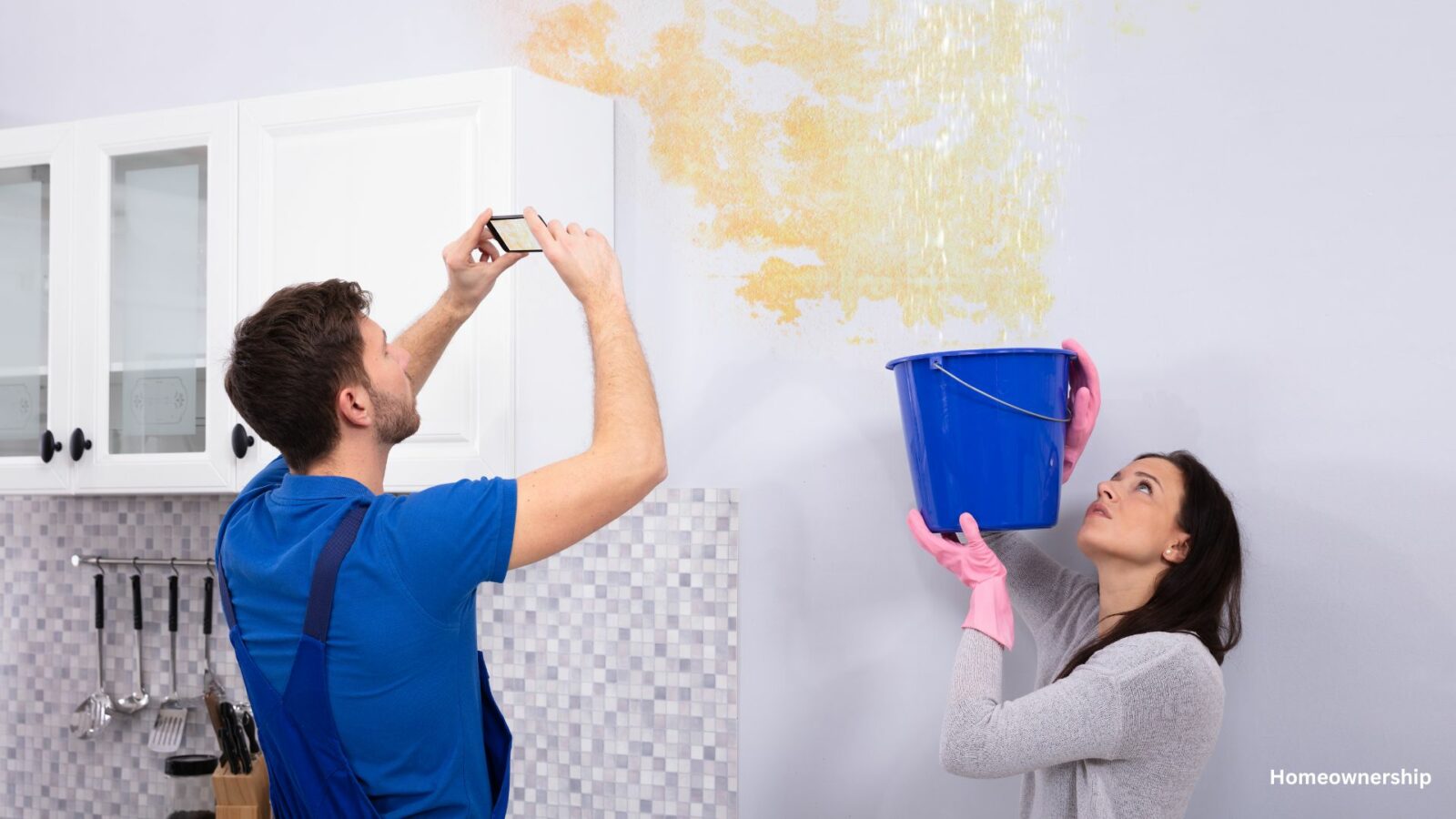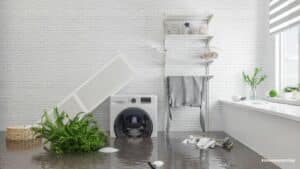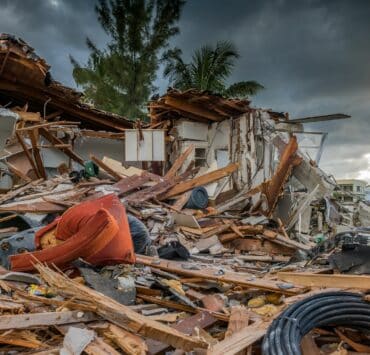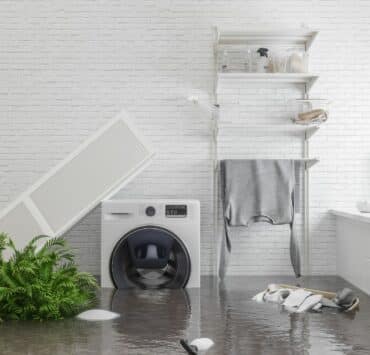Hurricanes can leave devastating water damage in their wake, turning homes into unsafe and unhealthy environments. Effective water damage restoration is crucial to mitigate the effects of flooding and return your home to a livable condition. Here are some comprehensive tips to help hurricane victims navigate the process of water damage restoration.
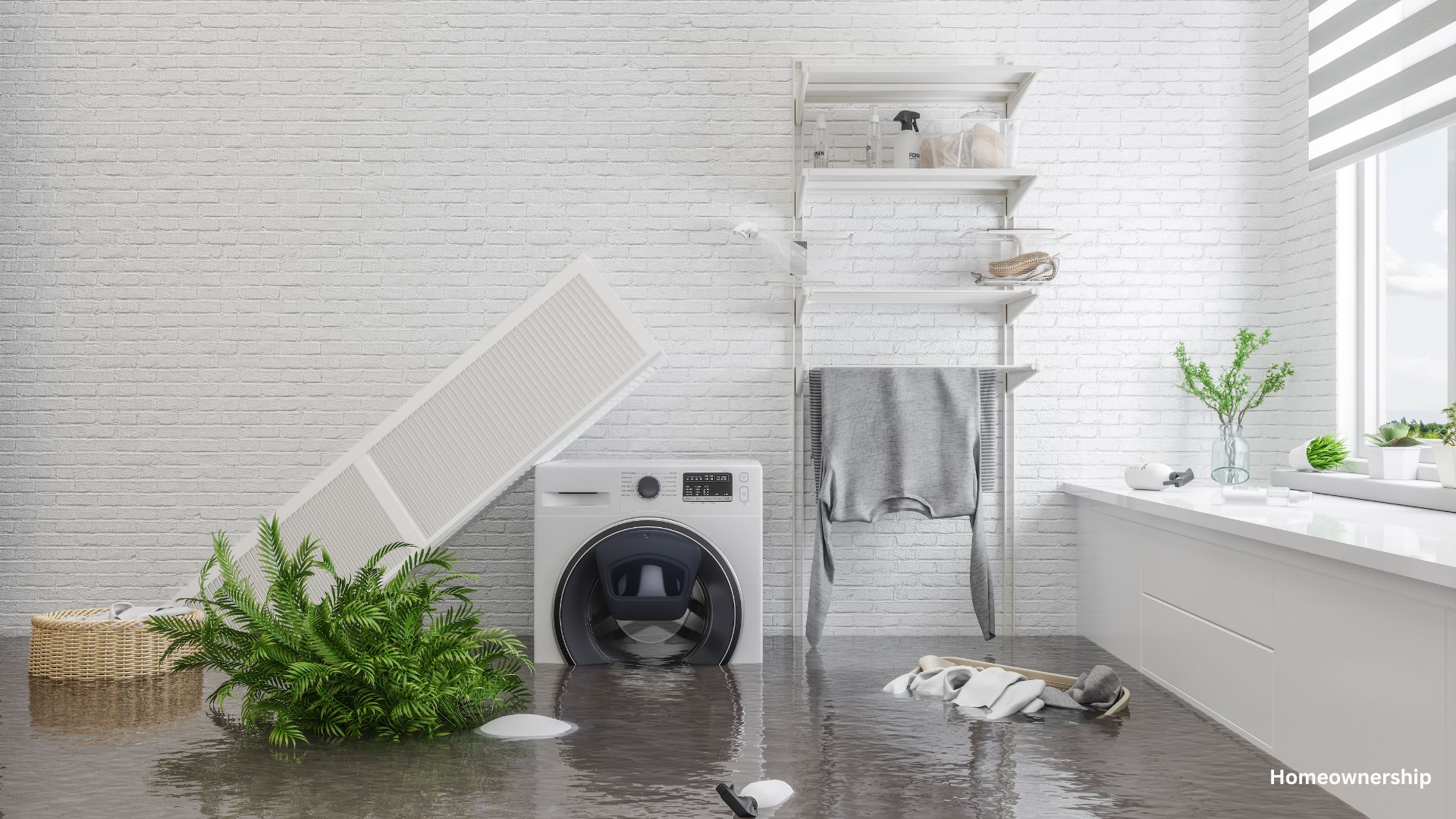
Immediate Actions for Water Damage Restoration
- Ensure Safety First Before beginning any restoration work, make sure the area is safe. Turn off electricity, especially if water is near electrical outlets or devices. Avoid entering flooded areas until you’ve confirmed there are no electrical hazards or structural damage.
- Remove Standing Water Use a wet-dry vacuum to remove standing water. For larger volumes, professional equipment might be necessary. Removing water quickly is vital to prevent mold growth, which can begin within 24 hours.
- Dry Out the Area Ventilate the area by opening windows and doors. Use fans and dehumidifiers to speed up the drying process. Proper air circulation is crucial to prevent further water damage and inhibit mold growth.
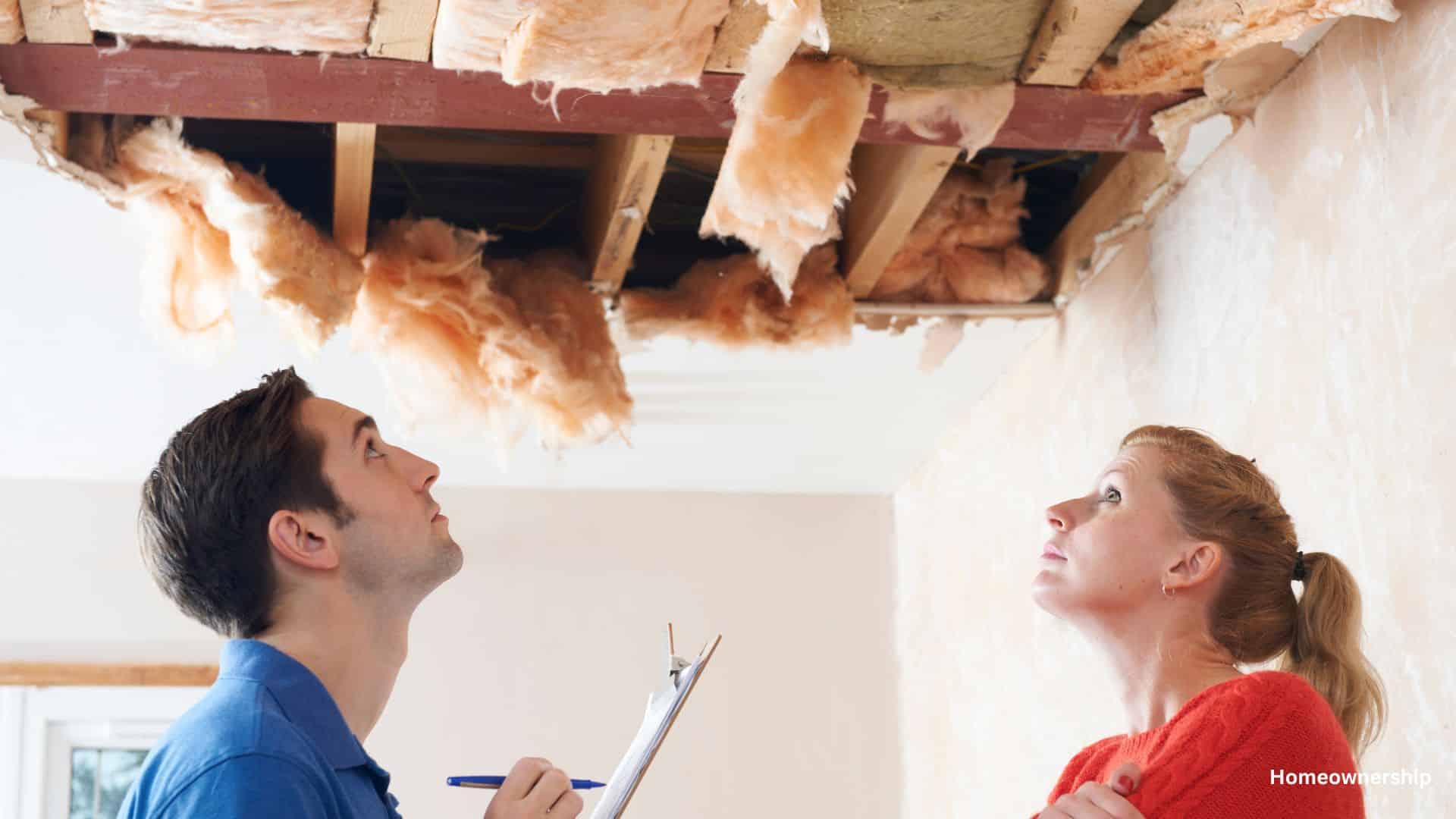
Cleaning and Sanitizing
- Remove and Discard Damaged Items Items like carpets, rugs, and upholstered furniture that have been soaked should be removed and discarded if they cannot be adequately cleaned and dried. Mold can develop on these surfaces, posing health risks.
- Clean Hard Surfaces Wash all hard surfaces (floors, walls, appliances) with hot water and a mild detergent. Disinfect these areas with bleach or a commercial disinfectant to eliminate bacteria and other pathogens that may have been introduced by floodwaters.
- Inspect for Mold Check for mold growth on walls, floors, and other surfaces. If mold is found, it is often necessary to remove the affected materials. For extensive mold issues, professional remediation is recommended to ensure all spores are thoroughly eliminated.
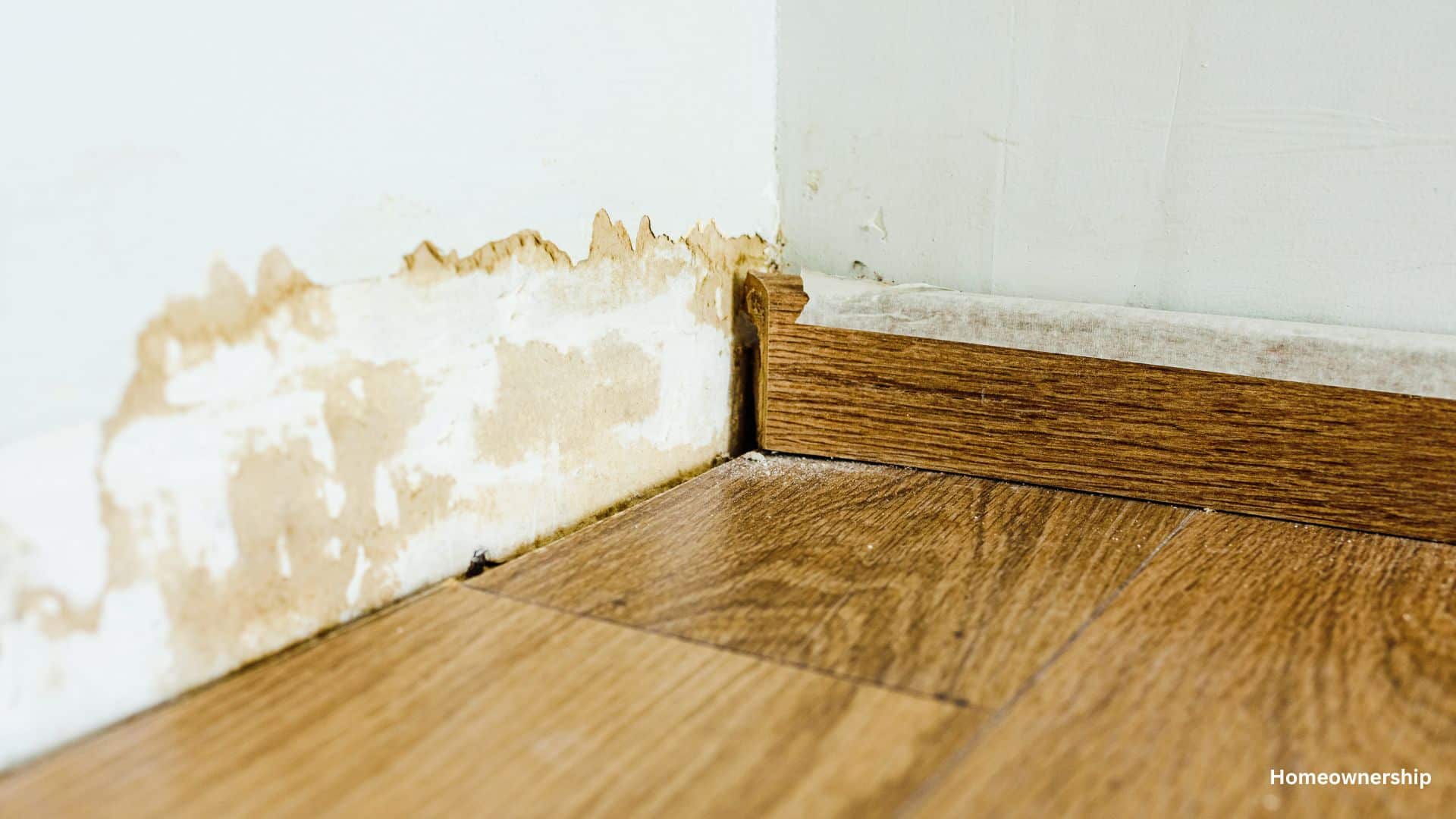
Structural Repairs
- Remove Damaged Building Materials Drywall, insulation, and other building materials that have been saturated need to be removed. These materials can harbor mold and weaken the structural integrity of your home.
- Dry and Dehumidify Continue to dry out the affected areas using industrial fans and dehumidifiers. This step is crucial to ensure that hidden moisture does not contribute to mold growth or further structural damage.
Prevention and Professional Help
- Seal and Protect Once the area is dry and clean, repair any structural damage and seal areas prone to leaks. Use water-resistant materials where possible to minimize future damage risks.
- Hire Professionals When Necessary For extensive water damage, it’s advisable to hire professional water damage restoration services. Professionals have the tools and expertise to handle large-scale damage and ensure your home is restored safely and effectively.
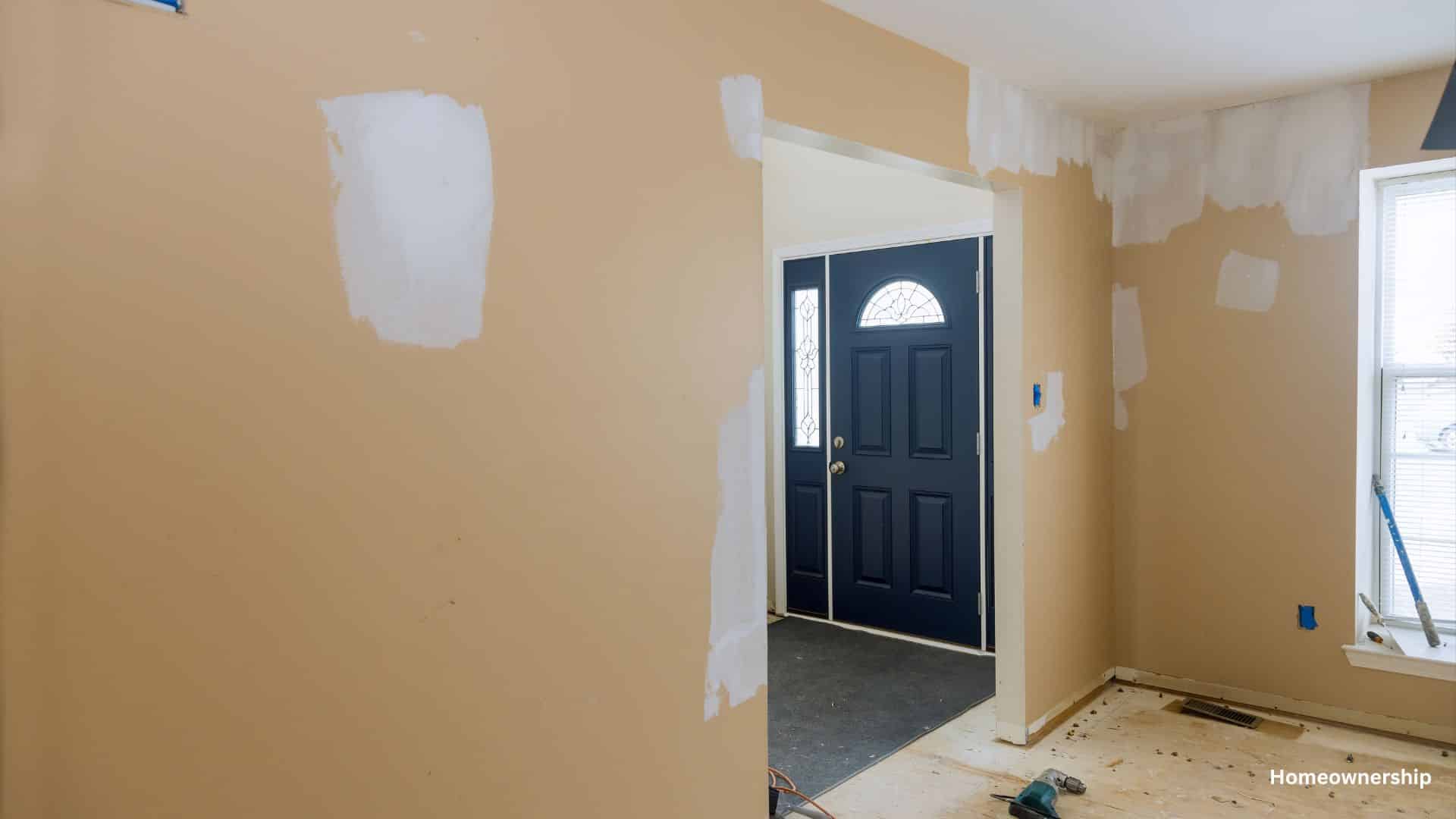
Common Questions About Water Damage Restoration
1. What should I do first if my home is flooded after a hurricane?
The first step in water damage restoration is to ensure your safety. Turn off the electricity and avoid entering flooded areas until you are sure there are no electrical hazards. Next, remove standing water using a wet-dry vacuum or professional equipment if necessary. Ventilate the area by opening windows and using fans and dehumidifiers to dry out the space.
2. How can I prevent mold growth after a flood?
To prevent mold growth, it’s crucial to remove all standing water and dry out the affected areas as quickly as possible. Use fans and dehumidifiers to promote air circulation and reduce moisture levels. Clean hard surfaces with hot water and detergent, then disinfect with bleach or a commercial disinfectant. Remove and discard any soaked items that cannot be thoroughly cleaned and dried.
3. Can I handle water damage restoration myself, or do I need professional help?
The extent of the water damage will determine if you can handle the restoration yourself. For minor clean water damage, you might be able to manage the cleanup with basic tools and cleaning supplies. However, for extensive damage, especially involving gray or black water, professional restoration services are recommended to ensure thorough drying, cleaning, and mold prevention.
4. What are the signs that I need professional water damage restoration services?
You should consider hiring professional water damage restoration services if you notice extensive water intrusion, persistent odors, visible mold growth, or structural damage to your home. Additionally, if the water damage involves gray or black water, which contains contaminants, professional assistance is crucial to handle the cleanup safely and effectively.
5. How long does the water damage restoration process take?
The duration of the water damage restoration process depends on the extent of the damage and the specific conditions of your home. Initial drying and cleaning can take several days to a week, while complete restoration, including repairs and mold remediation, can take several weeks. Professional restoration companies can provide a more accurate timeline based on their assessment of the damage.
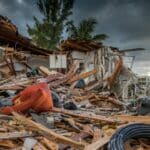
Effective water damage restoration is vital for hurricane victims to ensure their homes are safe and habitable. By following the essential tips for removing water, drying out the area, and preventing mold growth, homeowners can mitigate the damage and begin the recovery process. For extensive or hazardous situations, seeking professional restoration services is recommended to ensure thorough and safe restoration.
